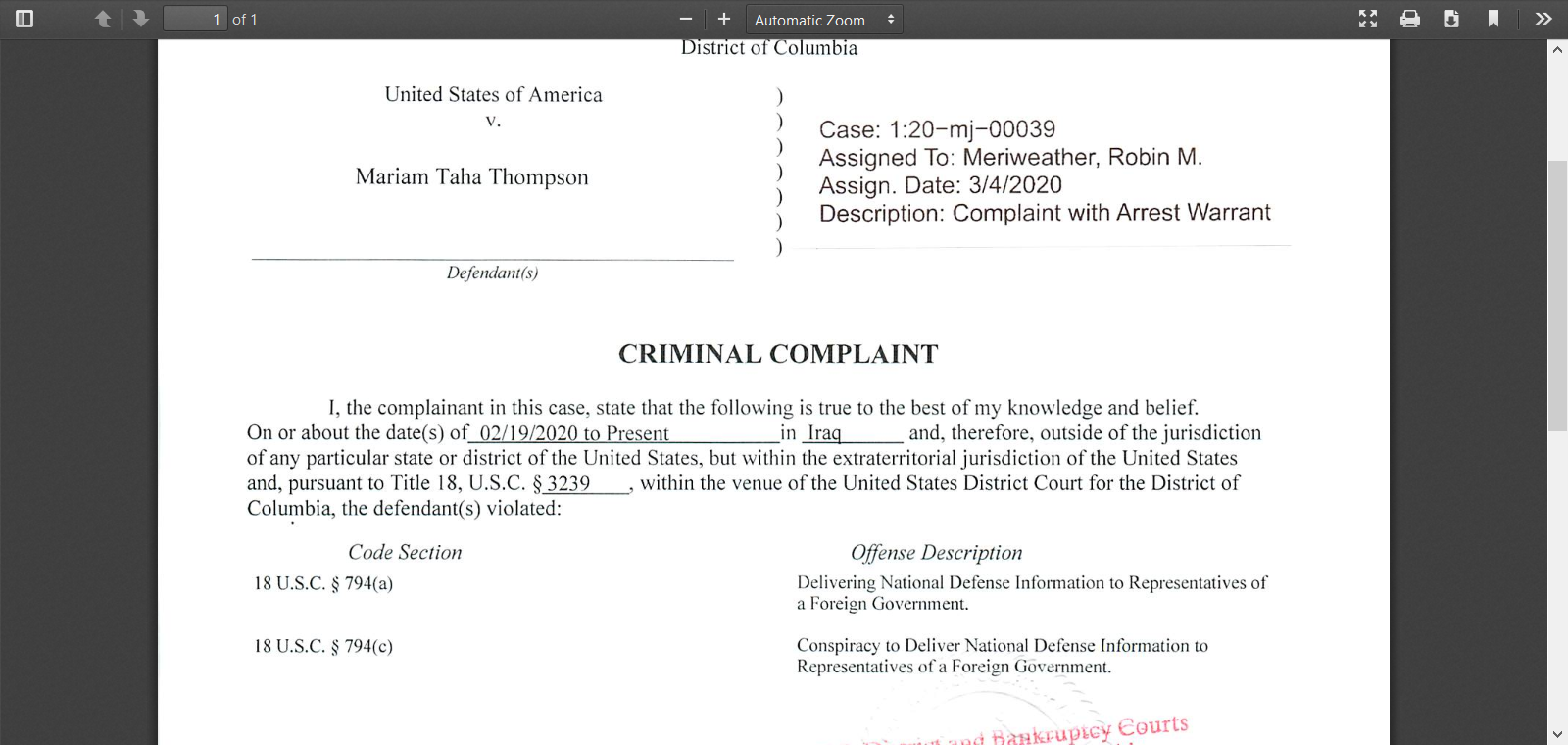So, there are several online conference video chat platforms now being used while businesses continue to operate even while doing the stay at home thing. We are aware of course of the common Skype platform, Uber Conference and gaining huge popularity is Zoom.
Warning to the healthcare industry: Since the United States has launched full tele-health platforms, all parties involved in the session(s) should watch carefully the platform(s) for cyber weirdness. All the same warnings and watchful eyes should be applied to the military across the spectrum as forces too are working from remote locations.

In recent days, I have seen reports of Zoom conference/meeting events getting bombed by rogue players. Every nation while struggling to overcome the pandemic, governments and companies are quite vulnerable to breaches of cyber security due to limited employee resources. What better time for bad actors (read China) to attack?
Zoom has also seen a sharp increase in usage, but the attention the teleconferencing solution is receiving continues to be decidedly mixed. TechCrunch reports that researcher Patrick Wardle has found two local security flaws in Zoom’s macOS client.
***
While Zoom has certainly drawn investors’ eyes in a good way, it’s also attracted the ministrations of white hat researchers, cybercriminals, the plaintiffs’ bar, and state attorneys general. The platform’s encryption isn’t really end-to-end, the Intercept reports. Instead, it uses familiar transport encryption, which gives Zoom itself the potential to access its users’ traffic. The FBI’s Boston Field Office has issued a detailed warning about the ways in which criminals (conventional criminals out for gain, sleazy hacktivists, and skids out for the lulz) have been able to meddle with Zoom sessions. Check Point describes the ways in which criminals have registered domains that include the name “zoom;” these domains are of course up to no good at all. Zoom was also discovered to have been sharing analytic data with Facebook, a practice Zoom halted after it came to public attention, but not in time to forestall a class action suit under California’s Unfair Competition Law, Consumers Legal Remedies Act, and Consumer Privacy Act. And the New York Times reports that all of this news has prompted New York State’s Attorney General to ask Zoom for an explanation of its privacy and security policies.
So, as I was researching for this piece, I received an email from a distant buddy that read in part:
The government has sought the assistance of outside software experts to move online meetings. In one particular instance, my email buddy noted the following”
I have a Zoom warning. We had a Council meeting this afternoon and it had to end immediately. Fortunately, the Council was 99% finished with the meeting. The reason for ending the meeting is because we were Zoom Bombed (yup this is really the name for it). A participant joined the meeting late and his name was Mr. Off. His first name was Jack and he had a middle name “Me”. You can imaging the video. It was horrible. There were three hosts of the meeting that could control participants. The hosts could not see this participant so they didn’t think anything was wrong. Clearly, the hack knows how to enter a meeting without the controlling hosts knowing what is going on. I saw it and ordered the meeting end immediately. The Chair couldn’t see it and was wondering what to heck was wrong with me. It took about 5 more long seconds for me to yell at people to leave the meeting. We all jumped back on the meeting in five minutes and Mr. Off joined the meeting again.
I will add that only half the participants actually saw the act. We also caught it in time to not have it go live on cable or YouTube. Another participant actually viewed video of three other participants that no one else could see and were likely ready to Bomb the meeting.
In the future, we will use passwords for participants. This is unfortunate for the public because they wont be able to join the Zoom part of the meeting. They will still be able to watch it live on local cable and YouTube. We will set up an email and telephone for public comment if the agenda item requires public comment.
I highly recommend you use passwords for future meetings.
Seems we have a new kind of cyber terrorism going on here….espionage at a silent/covert level. Perhaps we can get some kind of press release from the NSA or something.


/arc-anglerfish-arc2-prod-mco.s3.amazonaws.com/public/CRAGRKC4UZGY5AI3VAGWXY4YTM.jpg) The Indian Space Research Organisation’s (ISRO) GSAT-9 on board the Geosynchronous Satellite Launch Vehicle (GSLV-F09), launches in Sriharikota in the state of Andhra Pradesh on May 5, 2017. / AFP PHOTO / ARUN SANKAR (Photo credit should read ARUN SANKAR/AFP/Getty Images)
The Indian Space Research Organisation’s (ISRO) GSAT-9 on board the Geosynchronous Satellite Launch Vehicle (GSLV-F09), launches in Sriharikota in the state of Andhra Pradesh on May 5, 2017. / AFP PHOTO / ARUN SANKAR (Photo credit should read ARUN SANKAR/AFP/Getty Images)


